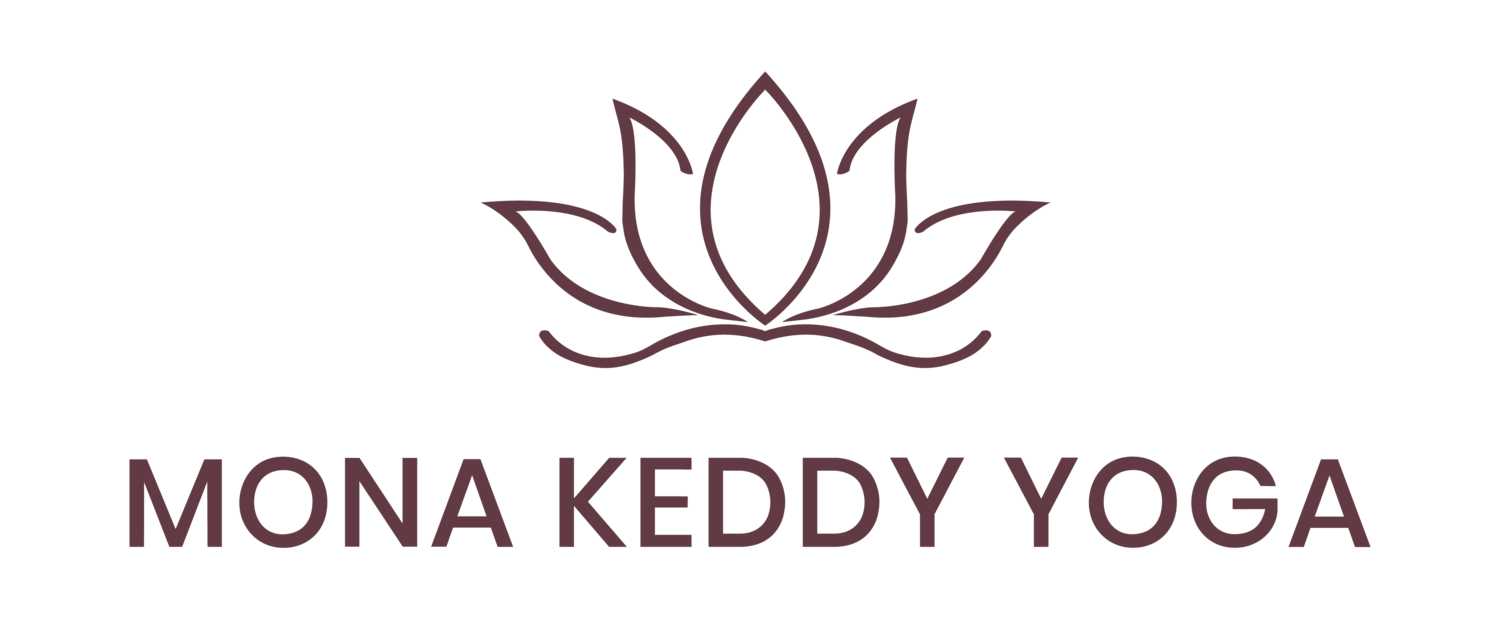Keeping it Simple
May 14, 2013
Two months ago I taught my sixth annual winter yoga retreat in Mexico. Since then, I have been reflecting on this time and will share some of my contemplations here.
This year’s retreat was built around the 7 chakras. This is a subject I have delved deeply into over the years: as personal study and contemplation and within the context of my psychotherapy training and work. Most of this study was years ago and then, as with many things, I put those ideas aside and concentrated on other paradigms. In coming back to the chakras as a retreat theme, I felt like I was reconnecting with an old friend.
In Mexico this year, the majority of the group was returning students. They were familiar with me, with El Encanto (our retreat site) and with the weekly structure of the retreat. So, this year (for the most part), I had a familiar setting, a group that I knew and a theme that was well digested. Before the week, this added up to a certain lack of anticipation in the way that the familiar can reduce the expectancy.
Since the retreat, though, I have been reflecting on the surprises of the week. It was a deeper experience than I expected and I have been contemplating this within the context of my practice and teaching of yoga. In both my practice and my teaching, there are poses I do every, or almost every, time and over years they become so familiar I discount them. In the first days of this year’s retreat, I observed how the familiar standing poses rooted, steadied and strengthened the students even though these were not new poses for them. Watching, I remembered how the standing poses really do lead us forward into more complicated poses. As I saw students engage with what was a familiar theme to me, I saw again the potency of the yoga teachings to anchor, spark contemplation and invite insight.
In my own practice, there was a period of time when I eschewed the less glamourous standing poses and forward bends for their showier cousins, backbends and arm balances. The familiarity of the standing and forward bend poses pushed me away and I concentrated more on the “performance” poses. Re-inspired to visit the standing poses and forward bends, I too rediscover how they are helpful and imperative for the deeper poses. My backbends improve after more forward bends. And as I use the forward bends to prep the backbends, I am calmer, my back is happier and I have a better recovery the next day. Likewise, my arm balances are steadier after more standing poses. Literally.
Ultimately, I think this is the process of yoga. The learning voyage is a spiral that allows us to move away and come back in an ever-evolving experience that builds on what came before. We learn, move away, come back, relearn and more on. It is perhaps this process that is the hook of yoga.

